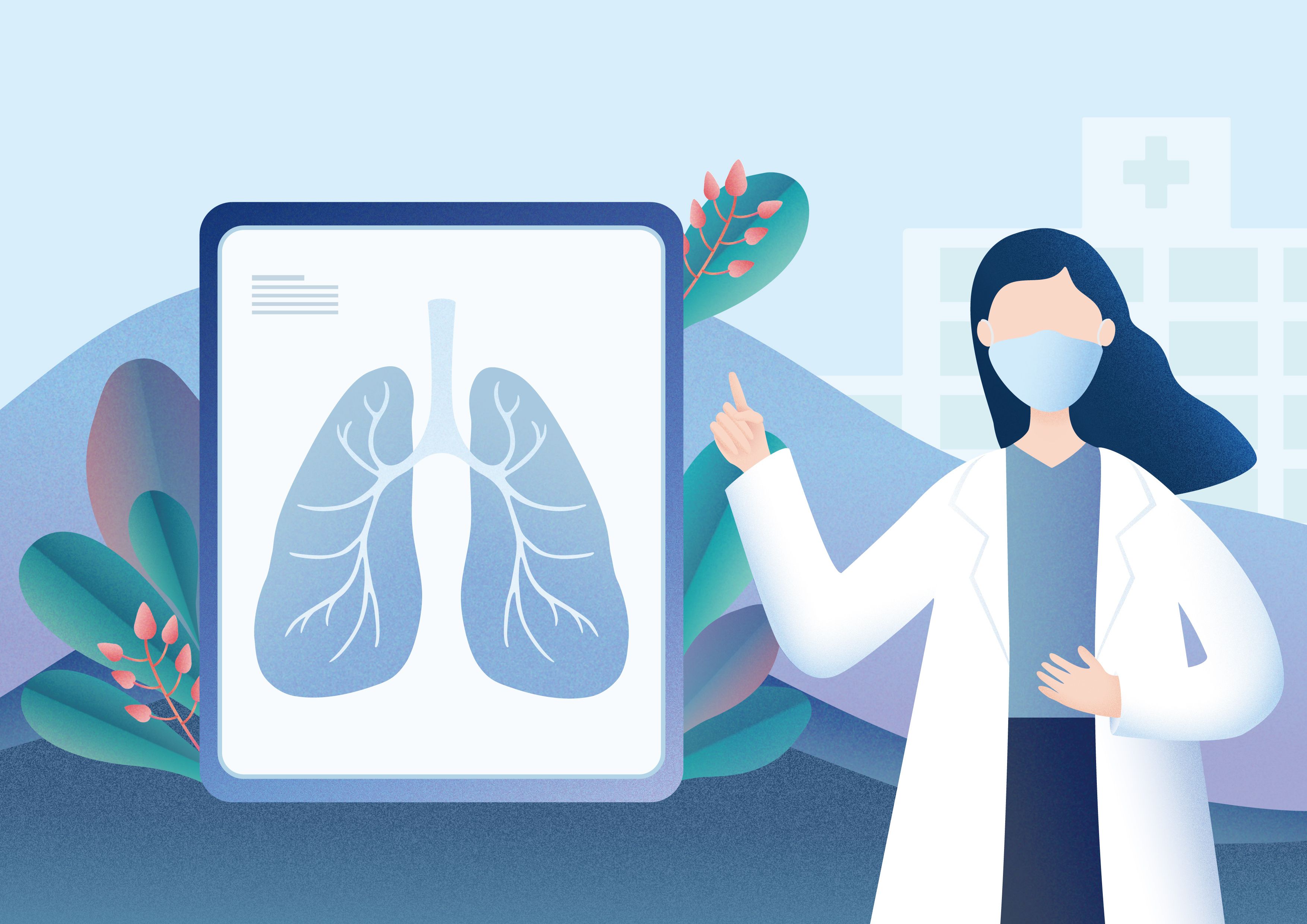Article
Music Therapy May Alleviate Psychological, Physical Symptoms Related to Cancer
Author(s):
A recent review showed that music therapy helped ease symptoms in patients who were undergoing treatment for cancer.
Music interventions, which are a type of integrative therapy, can be used to soothe both psychological and physical symptoms, as well as treatment-related side effects for patients with cancer.
A recent review by researchers at Drexel University’s College of Nursing and Health Professions assessed the value of music interventions in the oncology setting. They examined 52 total studies involving 3,731 participants; 23 of the studies were classified as music therapy and 29 as music medicine interventions.
In an interview with Oncology Nursing News, Joke Bradt, Ph.D., M.T.-B.C., an associate professor at Drexel and lead researcher of this review, expanded on the distinction between the two interventions. Music medicine, she explained, involves a nurse offering patients in a study “pre-recorded music that will be just selected by the nurse” or the patient may be “given a list of options from which they can choose.”
Music therapy requires “a trained and board-certified music therapist who has been trained to use very specific individualized music interventions that are matching the patient’s in-the-moment needs.”
Importantly, music therapy doesn’t just consist of music listening. According to Bradt, the therapist first asks the patient about how they are feeling and then decides on any number of musical interventions going forward. “We might sing a song that helps the patient express some of the feelings, we might take out some percussion instruments and help the patient express nonverbally through playing instruments, or we might write a song with the patient about what they’re going through.”
Researchers found that music interventions had a moderate-to-strong effect in reducing anxiety. Findings from seven studies involving 723 participants pointed to a large treatment benefit in pain reduction, but the authors urged caution in interpreting this finding. Lesser effects were found in treating fatigue, reducing heart and respiratory rates and lowering blood pressure. While there were moderate increases in patient’s quality of life with music therapy, there were not similar effects in the case of music medicine intervention.
Study authors hypothesized that listening to music could reduce the need for anesthetics and analgesics, as well as decrease recovery time and duration of hospitalization. Bradt emphasized that although the review was not “a direct comparison between the two interventions,” she hopes that future studies will draw direct comparisons, so the “use of music on the continuum of cancer care” can be better understood.
Bradt also warned of the potential adverse effects of music intervention. “Music is not just this innocent, safe, nonintrusive intervention. Music can be quite intrusive.” According to Bradt, music can evoke strong emotions and memories that come with strong emotions, which could traumatize a patient. To counter this, it is important to have support services ready for the patient, to “check on the patients, and how they’re dealing emotionally.”
When choosing which patients may or may not benefit from which type of music intervention, one of the most important factors to consider is the patient’s relationship with music. If they strongly believe in the power of music, and of the therapeutic process, they would make a good candidate for either intervention. Someone who believes in music, but is hesitant about their musical abilities, might benefit more from music medicine intervention than music therapy.
And someone without much hope or with severely traumatic memories tied to music might be better off waiting to experience music interventions. Bradt clarified that sometimes, “those patients just need a little more time to build up a trust relationship with those therapists. When the time is provided they are able to open up, and often find music therapy very effective.”
Researchers hope that music interventions will become more widespread, and that healthcare providers, including the administrators who decide — as Bradt pointed out — “what kind of services are provided and reimbursed,” will be encouraged to seriously consider the use of music therapy in medical settings in the psychosocial care of people with cancer.
“These reviews show that music therapy and music [medicine] intervention is very effective for reducing anxiety, for helping with pain, helping with emotional distress. And those are important outcomes.”
2 Commerce Drive
Cranbury, NJ 08512
All rights reserved.




